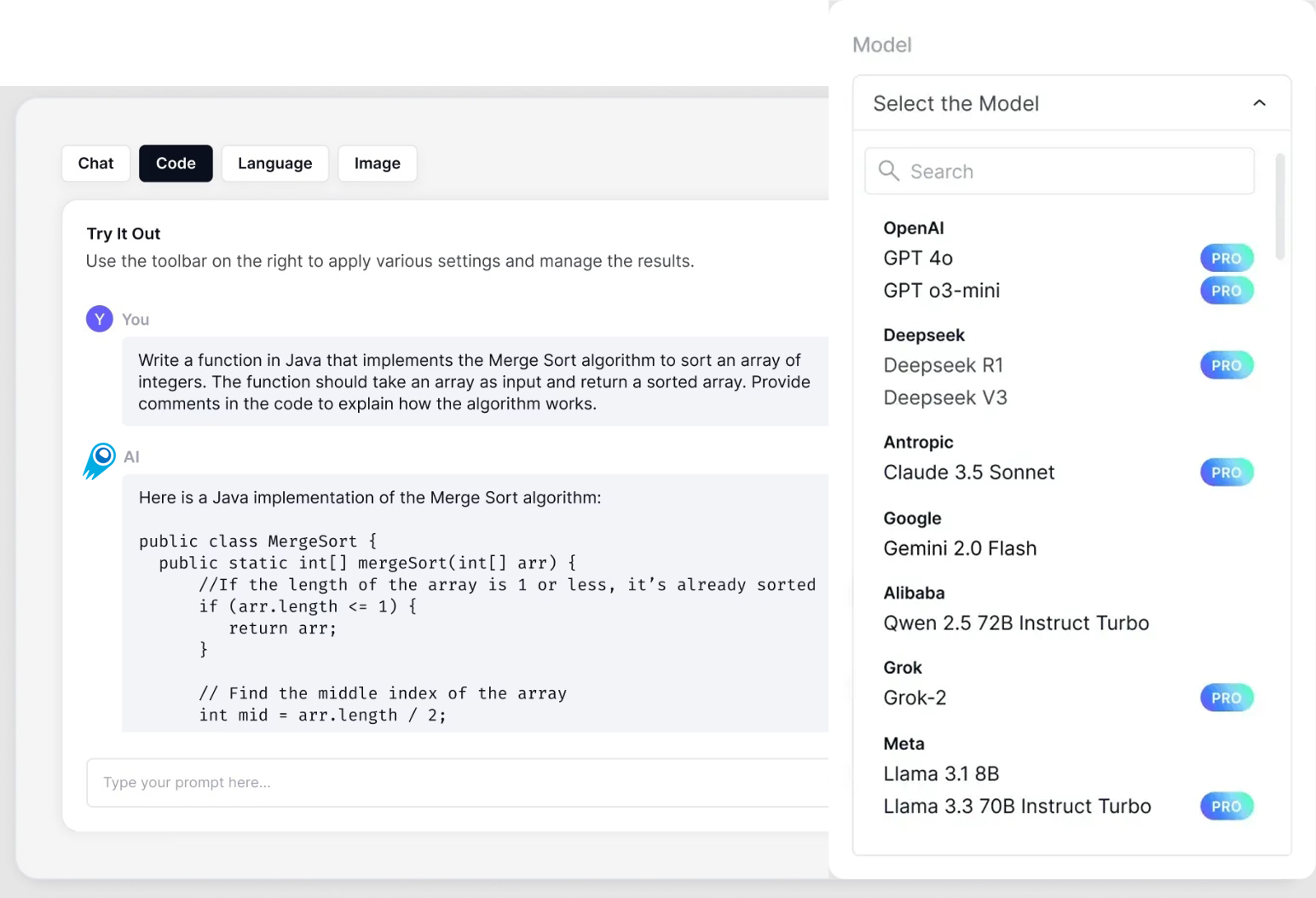Veo 3.1 is Google’s incremental-but-significant update to its Veo text-and-image→video family, adding richer native audio, longer and more controllable video outputs, and finer editing and scene-level controls.
Basic information — core features
Veo 3.1 focuses on practical content creation features:
- Native audio generation (dialogue, ambient sound, SFX) integrated in outputs. Veo 3.1 generates native audio (dialogue + ambience + SFX) aligned to the visual timeline; the model aims to preserve lip sync and audio–visual alignment for dialogue and scene cues.
- Longer outputs (support for up to ~60 seconds / 1080p versus Veo 3’s very short clips,8s), and multi-prompt multi-shot sequences for narrative continuity.
- Scene Extension and First/Last Frame modes that extend or interpolate footage between key frames.
- Object insertion and (coming) object removal and editing primitives inside Flow.
Each bullet above is designed to reduce manual VFX work: audio and scene continuity are now first-class outputs rather than afterthoughts.
Technical details (model behavior & inputs)
Model family & variants: Veo belongs to Google’s Veo-3 family; the preview model ID is typically veo3.1-pro; veo3.1 (CometAPI doc). It accepts text prompts, image references (single frame or sequences), and structured multi-prompt layouts for multi-shot generation.
Resolution & duration: Preview documentation describes outputs at 720p/1080p with options for longer durations (up to ~60s in certain preview settings) and higher fidelity than earlier Veo variants.
Aspect ratios: 16:9 (supported) and 9:16 (supported except in some reference-image flows).
Prompt language: English (preview).
API limits: typical preview limits include max 10 API requests/min per project, max 4 videos per request, and video lengths selectable among 4, 6, or 8 seconds (reference-image flows support 8s).
Benchmark performance
Google’s internal and publicly summarized evaluations report strong preference for Veo 3.1 outputs across human rater comparisons on metrics such as text alignment, visual quality, and audio–visual coherence (text→video and image→video tasks).
Veo 3.1 achieved state-of-the-art results on internal human-rater comparisons across several objective axes — overall preference, prompt alignment (text→video and image→video), visual quality, audio-video alignment, and “visually realistic physics” on benchmark datasets such as MovieGenBench and VBench.
Limitations & safety considerations
Limitations:
- Artifacts & inconsistency: despite improvements, certain lighting, fine-grained physics, and complex occlusions can still yield artifacts; image→video consistency (especially over long durations) is improved but not perfect.
- Misinformation / deepfake risk: richer audio + object insertion/removal increases misuse risk (realistic fake audio and extended clips). Google notes mitigations (policy, safeguards) and earlier Veo launches referenced watermarking/SynthID to aid provenance; however technical safeguards do not eliminate misuse risk.
- Cost & throughput constraints: high-resolution, long videos are computationally expensive and currently gated in a paid preview—expect higher latency and cost compared with image models. Community posts and Google forum threads discuss availability windows and fallback strategies.
Safety controls: Veo3.1 has integrated content policies, watermarking/synthID signaling in earlier Veo releases, and preview access controls; customers are advised to follow platform policy and implement human review for high-risk outputs.
Practical use cases
- Rapid prototyping for creatives: storyboards → multi-shot clips and animatics with native dialogue for early creative review.
- Marketing & short form content: 15–60s product spots, social clips, and concept teasers where speed matters more than perfect photorealism.
- Image→video adaptation: turning illustrations, characters, or two frames into smooth transitions or animated scenes via First/Last Frame and Scene Extension.
- Tooling augmentation: integrated into Flow for iterative editing (object insertion/removal, lighting presets) that reduces manual VFX passes.
Comparison with other leading models
Veo 3.1 vs Veo 3 (predecessor): Veo 3.1 focuses on improved prompt adherence, audio quality, and multi-shot consistency — incremental but impactful updates aimed at reducing artifacts and improving editability.
Veo 3.1 vs OpenAI Sora 2: tradeoffs reported in press: Veo 3.1 emphasizes longer-form narrative control, integrated audio, and Flow editing integration; Sora 2 (when compared in press) focuses on different strengths (speed, different editing pipelines). TechRadar and other outlets frame Veo 3.1 as Google’s targeted competitor to Sora 2 for narrative and longer video support. Independent side-by-side testing remains limited.
How to call Veo 3.1 API from CometAPI
Model version: veo3.1; veo3.1-pro
Veo 3.1 API Pricing in CometAPI,20% off the official price:
| veo3.1 | 0.4000 |
| veo3.1-pro | 2.0000 |
Required Steps
- Log in to cometapi.com. If you are not our user yet, please register first
- Get the access credential API key of the interface. Click “Add Token” at the API token in the personal center, get the token key: sk-xxxxx and submit.
- Get the url of this site: https://api.cometapi.com/
Use Method
- Select the “
veo3.1; veo3.1-pro” endpoint to send the API request and set the request body. The request method and request body are obtained from our website API doc. Our website also provides Apifox test for your convenience. - Replace <YOUR_API_KEY> with your actual CometAPI key from your account.
- Insert your question or request into the content field—this is what the model will respond to.
- . Process the API response to get the generated answer.
CometAPI provides a fully compatible REST API—for seamless migration. Key details:
- Base URL: https://api.cometapi.com/v1/chat/completions
- Model Names: veo3.1; veo3.1-pro
- Authentication:
Bearer YOUR_CometAPI_API_KEYheader - Content-Type:
application/json.
See also Sora 2

